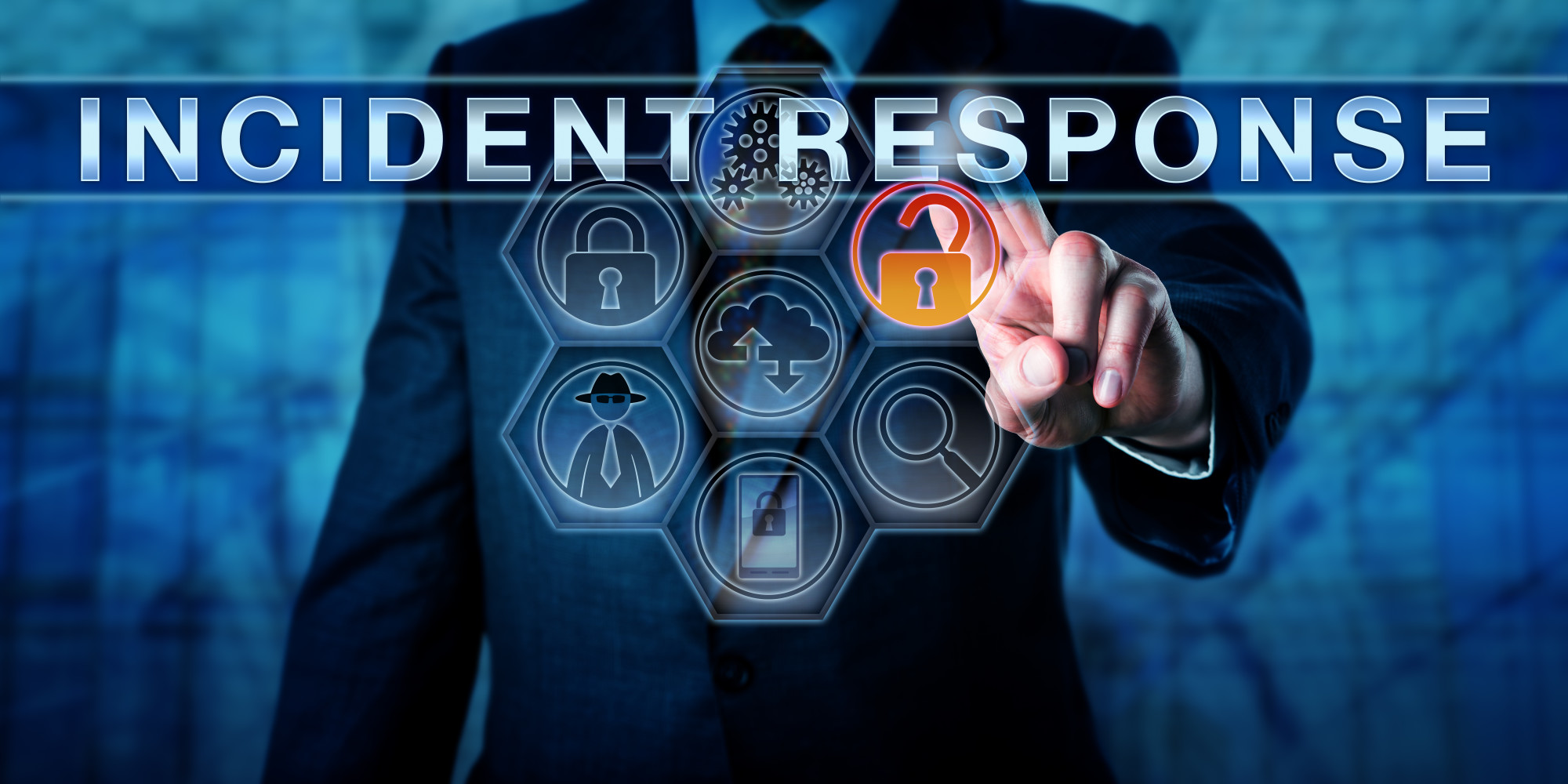More than 600,000 new businesses are formed in the United States each year. Unfortunately, not all startups can sustain themselves in the first few years of business. You can take many steps to future-proof your business, and one of those steps should be your technological security.
One of your most important responsibilities as a business owner is implementing a cybersecurity incident response (IR) plan. Having an IR will go a long way in minimizing the risk of cybersecurity threats.
Let’s take a look at everything you need to know about developing a cybersecurity plan and the benefits that it provides.
What Is a Cybersecurity Incident Response Plan?
As the name suggests, a cybersecurity incident response plan is a blueprint of actions and processes that an organization should take in the event of a data security breach.
It should outline the steps it can take to prevent, detect, assess, respond to, and recover from an attack. It should be fully comprehensive and cover every relevant detail.
What Are the Benefits of Having One?
Establishing a cybersecurity incident response plan can provide numerous benefits to businesses. Understanding these will help you determine your best course of action.
Listed below are some of the most notable.
Reduced Financial Losses
Your organization can reduce the potential financial losses associated with cyberattacks.
In some cases, a single incident can cause significant financial damage. Creating a plan is something you simply cannot overlook.
Increased Employee Awareness
Implementing a cybersecurity plan encourages employees to take steps to protect their data and stay vigilant against possible threats.
This can help prevent costly attacks in the future. It will also help your employees take action when necessary.
Improved Compliance
If your business is subject to industry-specific regulations, having a plan can help you meet those standards and comply with relevant laws.
Compliance issues have many consequences, such as damage to your brand reputation or ability to work in specific fields. You may also experience fees and other financial penalties.
Enhanced Credibility
Organizations with strong cyber security plans are viewed more favorably by customers, partners, and other stakeholders.
This can help enhance the credibility of your business. It also makes your business more attractive to investors or potential buyers.
Common Cybersecurity Threats to Businesses
Unfortunately, there is no shortage of cybercriminals out there who are looking to take advantage of businesses. So, it’s imperative that you remain aware of the most common threats you will encounter. Let’s dive in.
Malware
Malware is malicious software that can infect a computer and cause significant damage. It is often used to gain access to private data or commit other types of cybercrime.
Malware comes in many forms, but its primary goal is always to disrupt your workflow or procure sensitive data.
Phishing Attacks
Phishing attempts are a form of social engineering attack that sends false messages from what appears to be a reliable source.
A phishing email might contain links to harmful websites, malware-laden attachments, or malicious code. It’s common for untrained or non-technical employees to open phishing emails and expose the entire company. To avoid this, it’s crucial to educate your team on how to recognize them.
DDoS Attacks
Distributed denial of service (DDoS) attacks are a type of cyberattack that aims to overwhelm a website or system with requests in order to render it unusable. Even a short period of downtime can cost thousands of dollars. Small businesses might even find it impossible to recover.
Ransomware
Ransomware is malicious software that attempts to lock down a computer or device until the user pays a ransom. The hacker demands that the victim send a certain amount of money in cryptocurrency, or they will permanently delete their data or leave it encrypted.
Unfortunately, hackers don’t always hold up their end of the bargain if they receive the ransom. They often disappear without a trace afterward. The FBI even discourages victims from paying the ransom. Doing so will only serve to facilitate other attacks in the future.
In worst-case scenarios, the hacker could leak sensitive information or even sell it to industry competitors.
How Do I Get Started?
Only some businesses have the resources to develop a comprehensive plan independently. For this reason, it’s crucial to work with a professional.
Start by identifying potential service providers with experience in cybersecurity and incident response planning. Review their services and ask questions about their process before signing an agreement. Additionally, make sure you involve key stakeholders from within your organization. This will help you identify gaps in your plan and ensure that everyone is on board with the plan and its objectives.
Another crucial aspect to consider is how comfortable you are communicating with the service provider. One of the essential roles of a cybersecurity incident response plan is to ensure effective communication throughout any incident. If you’re not confident in your relationship with the service provider, chances are it won’t be successful. When evaluating potential providers, ask how they would handle different scenarios and what type of reporting they offer. This will help you understand how they communicate and what that could mean for your business.
If you already have a plan in place, it’s important to review it periodically and update it when necessary. Even if you think your plan is sufficient, cybercriminals are constantly developing new tactics to attack businesses. Your plan must be adaptable, so it’s important to remain on top of the latest threats.
Creating a Cybersecurity Incident Response Plan Doesn’t Have to Be Difficult
Although it might initially seem complicated, creating a cybersecurity incident response plan is much easier than it looks. If you keep the above information in mind, you’ll surely meet your needs.
If you are looking for more information about us and the cybersecurity services we offer, contact us today to see how we can help.

